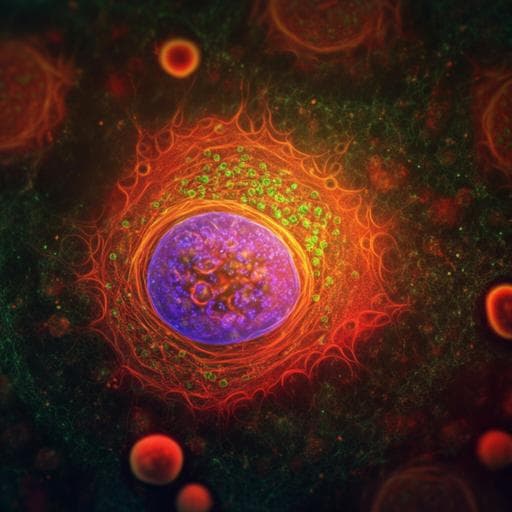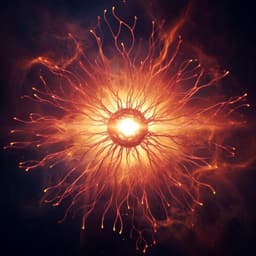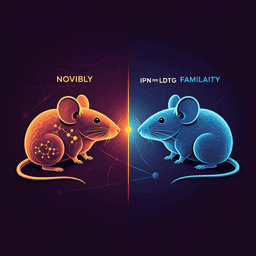
Biology
Optogenetic control of migration of contractile cells predicted by an active gel model
O. M. Drozdowski, F. Ziebert, et al.
This exciting research by Oliver M. Drozdowski, Falko Ziebert, and Ulrich S. Schwarz explores how optogenetics can control actin-driven cell migration by manipulating myosin contractility. The study reveals a bistability between sessile and motile states that opens new possibilities for understanding cellular behavior in response to light, with implications consistent with real-world neutrophil experiments.
~3 min • Beginner • English
Related Publications
Explore these studies to deepen your understanding of the subject.







